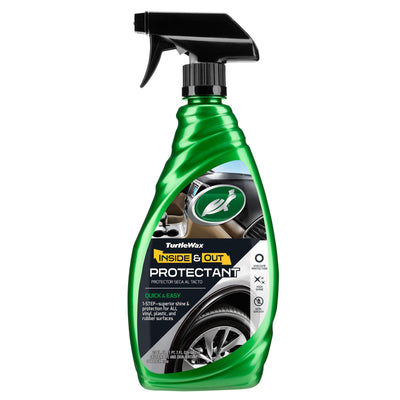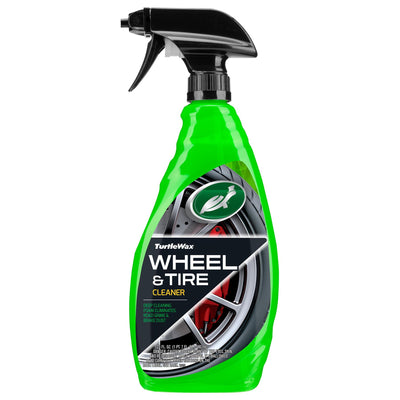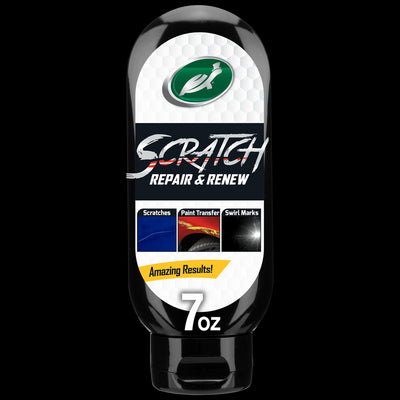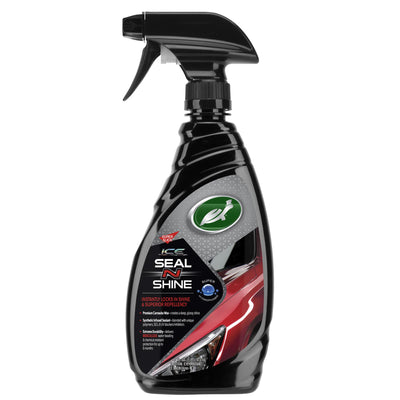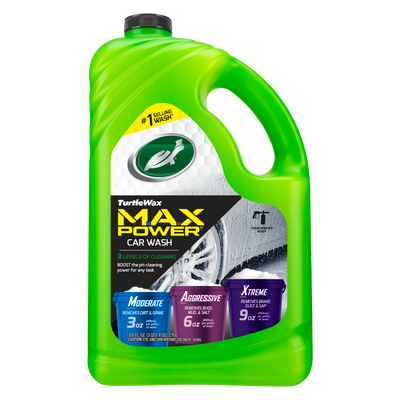
FREE DELIVERY ON ORDERS OVER $30
20% off this weekend only!
THOUSANDS OF 5-STAR REVIEWS
- Home
-
Exterior
- Wash
- Wax, Seal & Coat
- Paint Correct
-
Restore
- headlight restoration
- scratch repair
- trim restoration
- bug & tar removal
- metal & chrome finish
- View all Restore
- Wheel & Tire
- View all Exterior
- Interior
- Hybrid Solutions
-
Mister Cartoon
- Mister Cartoon Complete Collection
- Mister Cartoon Air Care & Foggers
- Mister Cartoon Wash, Wax & Detailer
- Mister Cartoon Interior, LVP & Protectant
- Mister Cartoon Wheel & Tire
- View all Mister Cartoon
- Car Care Kits
- Accessories
- Learn
- Rewards
- Product Finder
FREE DELIVERY ON ORDERS OVER $30
20% off this weekend only!
THOUSANDS OF 5-STAR REVIEWS

HOW TO DETAIL A CAR COMPLETELY
Have you been through a car wash or auto detail lately? Plenty of shops offer car wash, exterior detailing, or interior detailing, but why is car detailing so much more time-consuming than a car wash? The truth is, auto detailing is a bit more complicated than a car wash, but with the right Turtle Wax products, you can learn how to detail a car at home. Truly, there is a certain satisfaction that comes with DIY auto detailing, so let’s get started!













